Onions grow in predictable onion growing stages. However, the timing varies depending on the type of onions you have and how you grow them.
Onions have 2 phases of growth: the vegetative stage & the reproductive stage. Onions are biennial plants (i.e., they live for 2 years), but are harvested after 1 year when the bulb stage is complete. At the end of their 2nd year, onions produce flowers & seeds.
So, are you ready to dig into more about the onion’s life cycle and growing stages? Let’s dive in & learn more about how onions grow and mature.
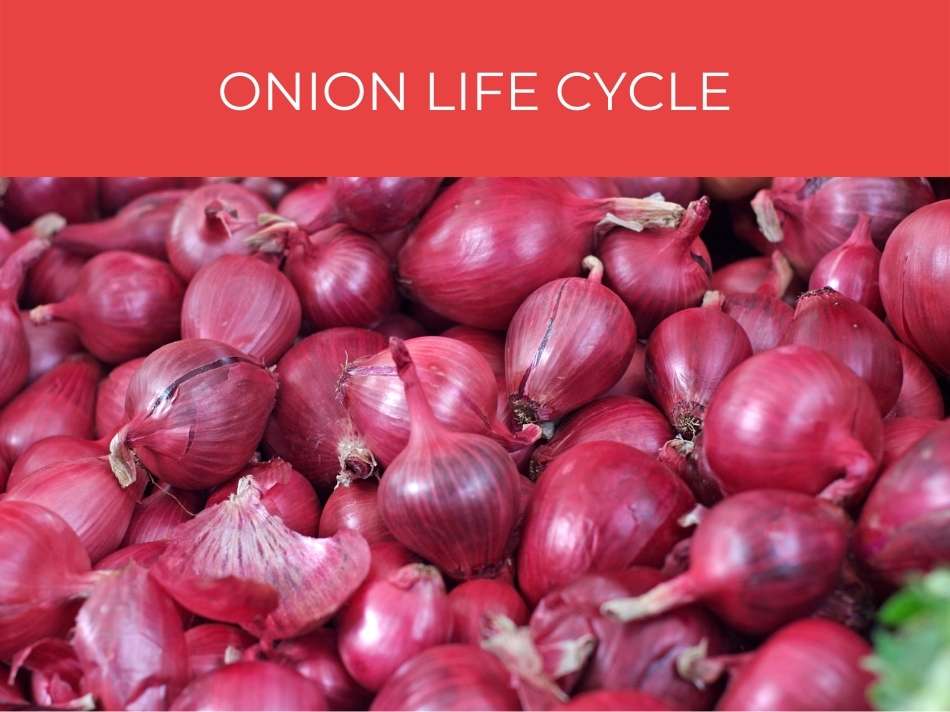
Onion Life Cycle
Onions are a biennial plant–meaning that they can live for 2 years before flowering, producing seeds, and then dying.
However, most gardeners harvest onions during the first year of growth.
Onions can be harvested in 2 ways:
- Green onions: harvest about 1 month after transplanting, or 2 months after seeds germinate
- Bulbs: ideally, bulbs are harvested after the leaves begin to turn yellow and die.
The life cycle of an onion is as follows: germination, vegetative growth (where 8-12 leaves are produced), bulb initiation, bulb enlargement, vernalization (i.e., exposure to temperature below 50F for 3-4 weeks), flowering, & seed maturation. Onion bulbs are harvested after about 170 days.
Some distinguish between pre-bulbing and post-bulbing stages, but these are both considered the vegetative growth stage.
Onions focus on vegetative and bulb growth in the first half of their life and flowering in the second part of their life. Proper care throughout each stage of onion growth, from seed to flowering, means you get the best results in the garden.
As the onions grow, their bulbs may slightly emerge over the soil. This is healthy for the plant. However, do not bunch the soil over the bulbs as it may cause the onion to rot.
During this growing season, the size of the onions corresponds to the amount of water they receive.
Most gardeners cut the life of the onion in half and harvest it when the leaves begin to fall over. This is when the bulb’s growth is completed and ready to eat.
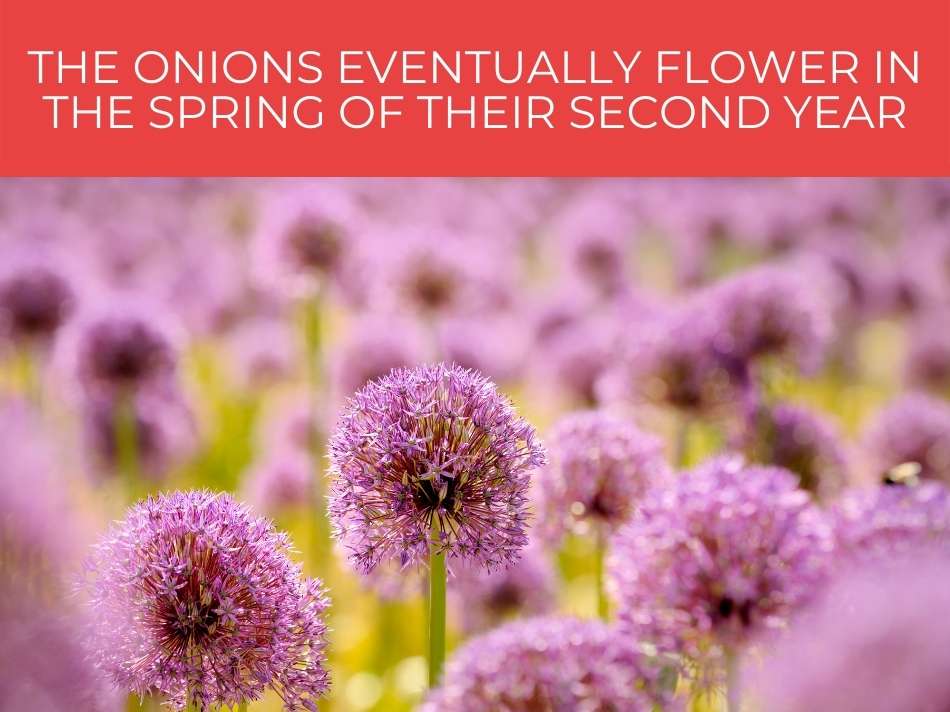
The onions eventually flower in the spring of their second year.
Proper soil preparation is essential to growing onions.
Onions prefer loamy soil with plenty of fertilizer.
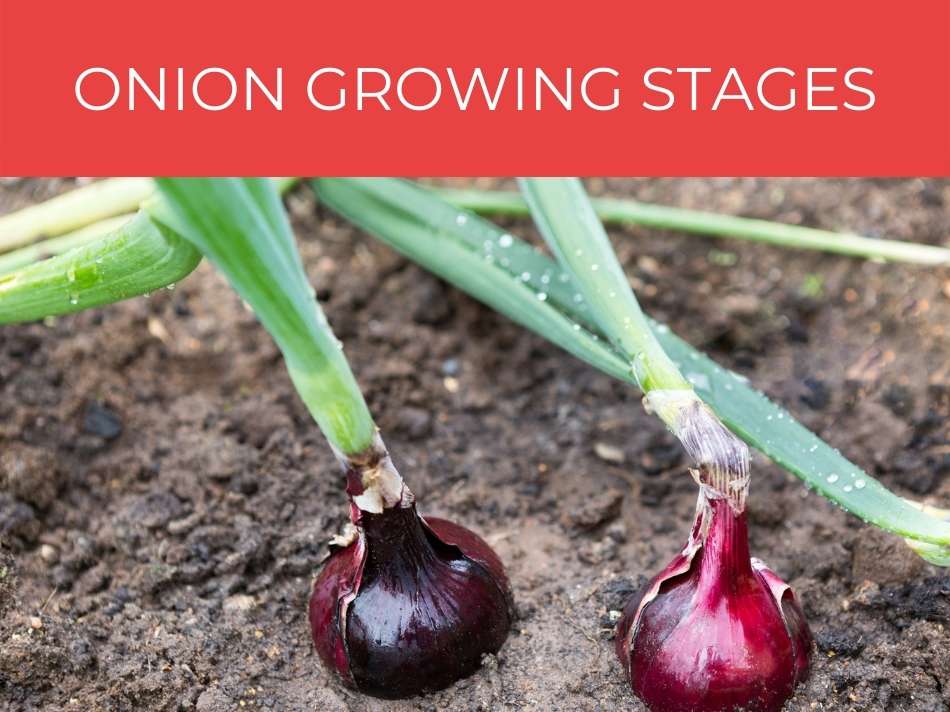
Onion Growing Stages
Onions have been grown for thousands of years, and they are called different things based on their growth stage.
Onions grow for 2 years, generally divided into 2 main stages: pre-bulbing and post-bulbing. The pre-bulbing stage is the vegetative stage, where the seed germinates & 8-12 leaves grow. The post-bulbing stage is where the bulb forms, enlarges, then flowers emerge and produce seeds.
There are hundreds of varieties of onions.
Another type of onion is the shallot; however, these grow in bunches rather than single bulbs.
Green onions are an immature stage in the life cycle of the allium cepa.
You get spring onions by harvesting the leaves before the bulb fully forms.
In particular, gardeners harvest these from long-day varieties.
You can eat the onion leaves at any stage. They are a very common garden green.
Onions are the fully formed bulb. Some farmers set aside part of their onion crop to continue growing for the next season and go to seed. Onions are harvested in late summer or early fall.
Find out if onions are a vegetable.
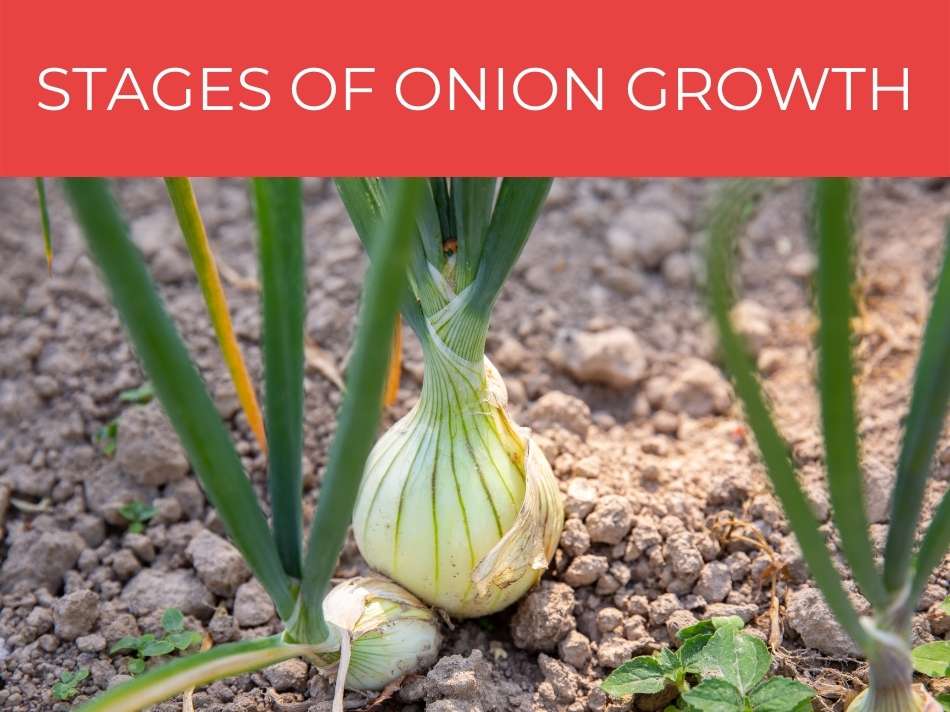
Stages of Onion Growth
Every leaf of the onion plant corresponds to a ring on the onion bulb.
The bigger the size of the leaf, the bigger the onion will be.
The first stages of growth focus on growing the initial leaves and root system.
Eventually, the plant will move its energy into growing the bulb.
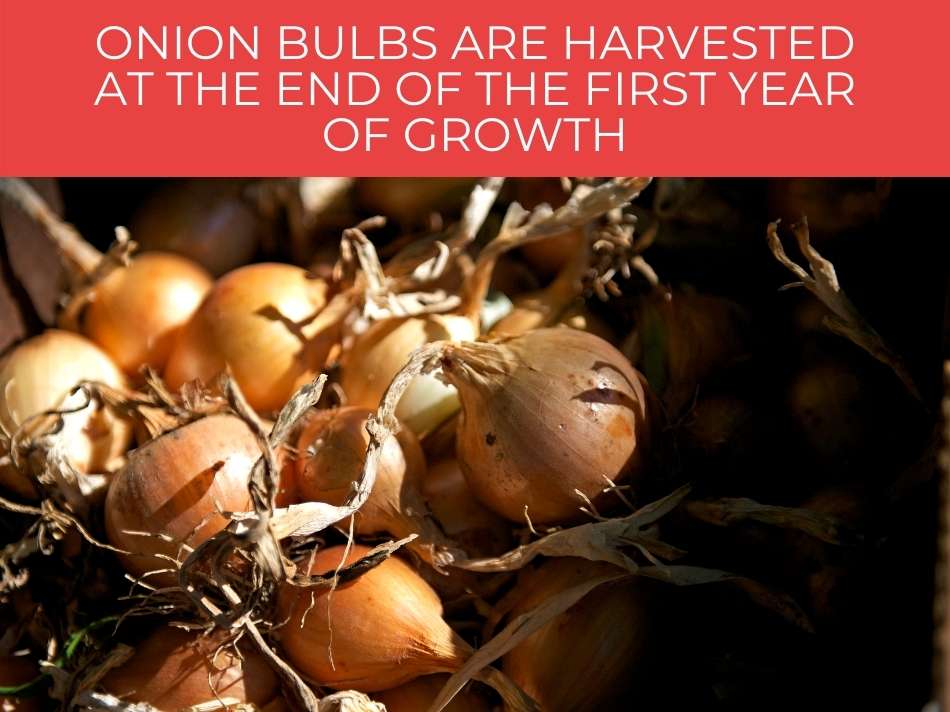
Onion bulbs are harvested at the end of the first year of growth. Bulbs initiate around 90-110 days after germination, and are ready to harvest after around 170 days. After that, vernalization occurs (partial dormancy during at least 3-4 weeks of cold weather) before onions can flower & set seed.
The second year of the onion’s growth is its reproductive phase, where the plant eventually grows flowers and seeds.
Different varieties of onions will change their growth patterns depending on the day length.
When the days last between 14 to 16 hours, long day varieties transition to growing bulbs after growing the first leaves.
Intermediate day varieties, like the sweet red and cimarron, require 12 to 14 hours of daylight.
Short-day onions begin bulbing early when the light transitions from 10 to 12 hours.
These differences are why varieties adapted to the north are not adaptable to the south and vice versa.
Once the tops reach six inches, the onions are ready to harvest.
Harvest them up to two weeks after the leaves dry up and fall over.
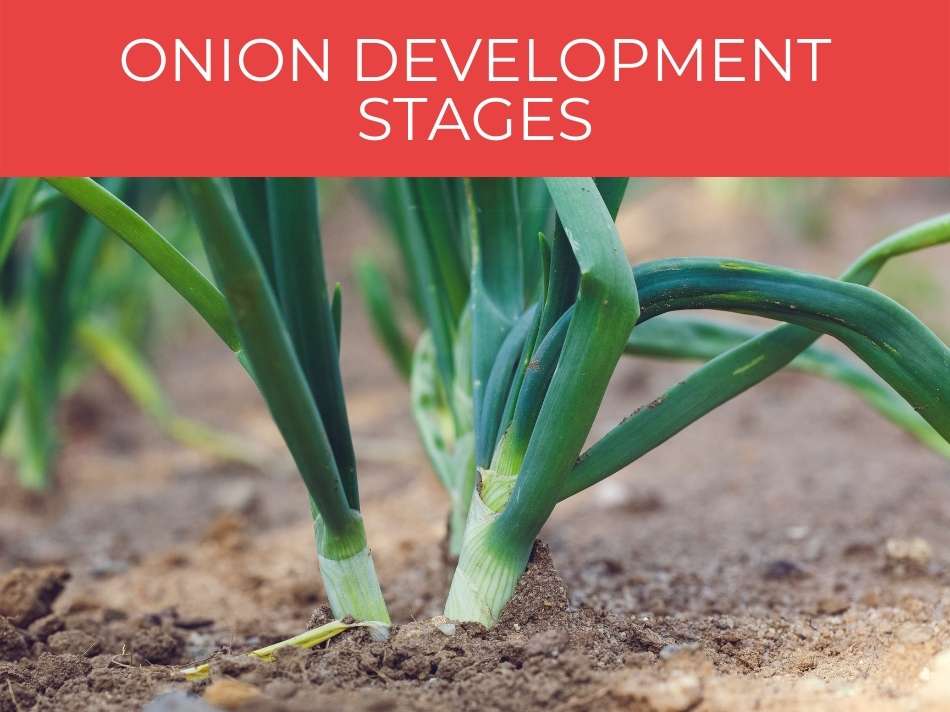
Onion Development Stages
In their initial stages of growth, they will grow vegetatively into bulbs.
Onions have shallow roots, forming bulbs, so be sure to weed.
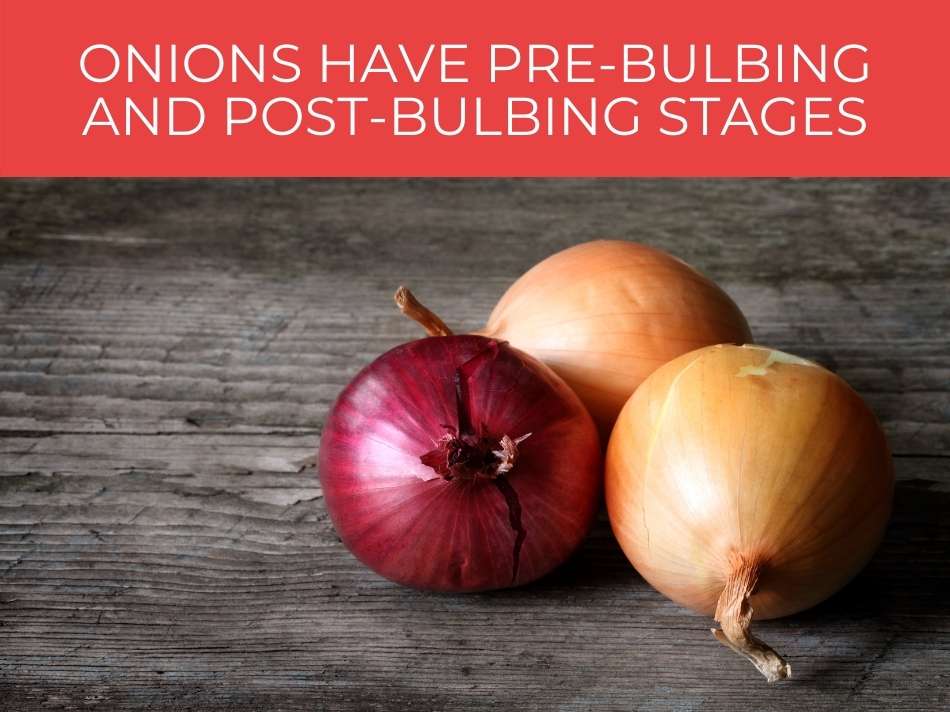
Onions have pre-bulbing and post-bulbing stages, considered their vegetative growth stages. During this time, the plant focuses on producing its bulb. After these stages conclude, onions are then in their reproductive growth stages.
Once they complete their vegetative growth stage, the onions undergo vernalization.
Many people do not realize that onions can flower, which occurs after some time. They enter their reproductive phase after completing bulb growth.
As onions are biennial, this occurs in the second year of their life.
The process of survival to the second year of their life is known as perennation.
Vernalization occurs when the plant’s exposed to temperatures lower than 50 degrees Fahrenheit for 3-4 weeks.
However, this occurs only in onions that have five leaves or more.
After the seeds are fertilized, wait around six or seven weeks for them to be ready to harvest.
The plant will open its capsules and show the black seeds to indicate it is ready.
If the plant vernalizes early, it’s possible to reverse this effect by exposing it to higher temperatures.
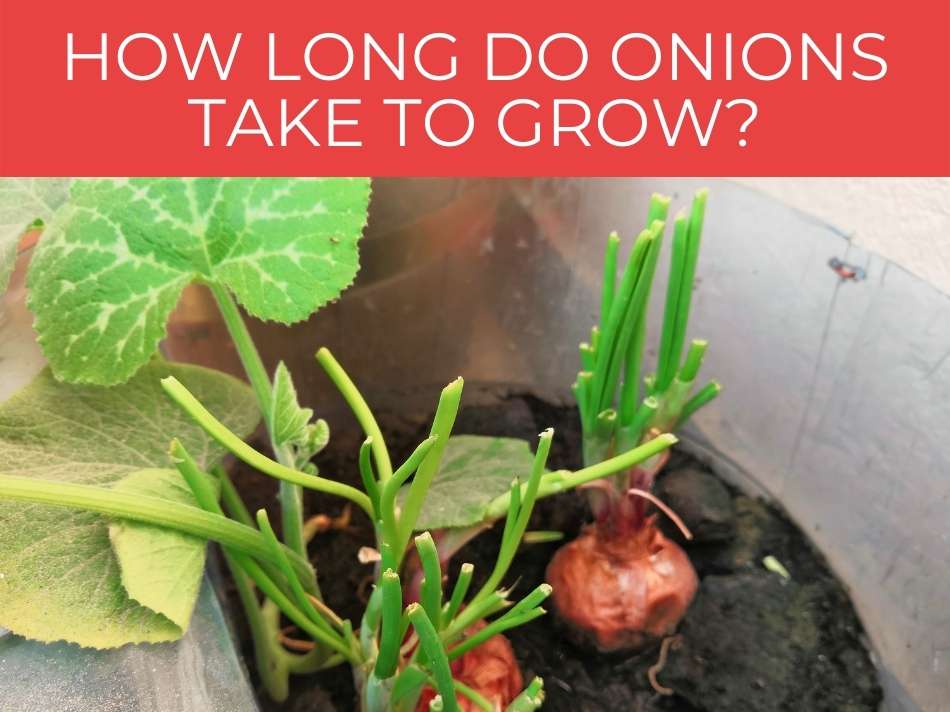
How Long Do Onions Take to Grow?
Green onions are ready to harvest 1 month after transplanting, or 2 months after germination. Onion bulbs take longer, & are harvested at the end of the 1st growing season. Bulb onions grown from sets take 90–100 days, and when grown from seed or transplants, take 100–120 days until harvest.
After bulb onions reach maturity, they should be pulled. For bulb onions, 2/3 of the dried tops fall over.
You can leave them in the sun for several days when you pull them.
This helps to dry them for storage.
Cure them with tops intact in a well-ventilated room out of the sun.
Cut off the tops about 1 inch from the bulb when storing them.
In colder regions, you should plant onions after the last frost in the spring.
The southern hemisphere has different planting times.
In areas that will not frost, you should plant your onions when the temperatures drop in the early or late fall.
Germination takes around two weeks, but you can see sprouts as early as between 7-10 days.
Transplants will take between 10 to 12 weeks to grow.
See our guide to planting onion sets.
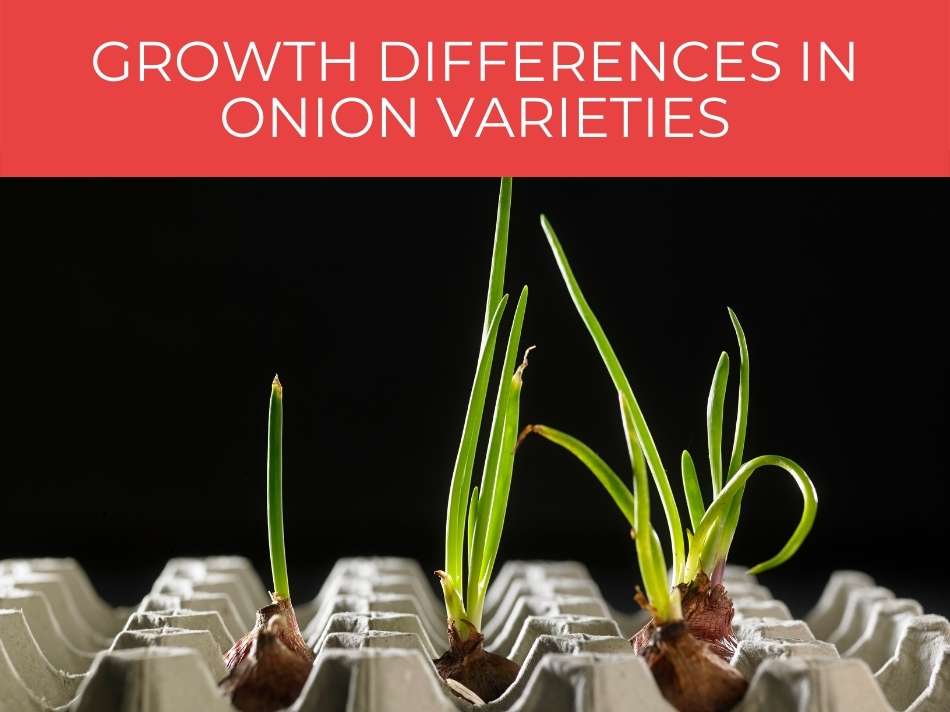
Growth Differences in Onion Varieties
Long-day onions mature in 90 to 110 days. Day-neutral onions mature in 110 days in the South. Short-day onions mature in 110 days in cooler climates. Pearl onions, or cocktail onions, mature in about 60-70 days. Green onions mature faster; they mature in 65 to 75 days.
The growth period of time will depend on the plant density, variety, temperature, planting period, and photoperiod.
For example, areas with overcast or cooler temperatures have delayed bulbing.
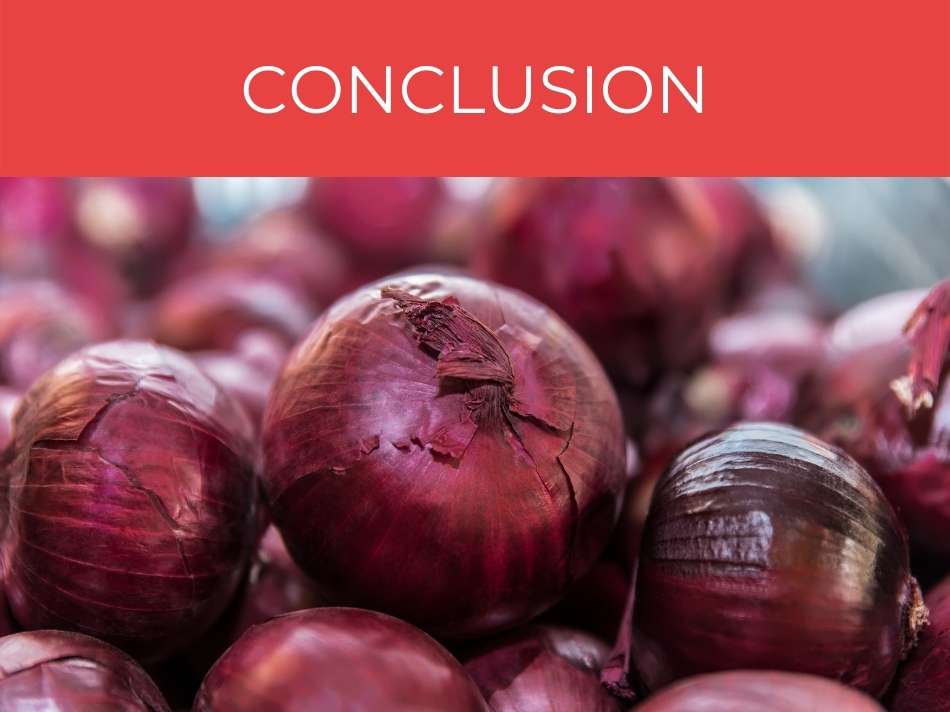
Conclusion
Onions are a long-growing plant.
They are edible within weeks of their cultivation, and will produce seeds after two years.

